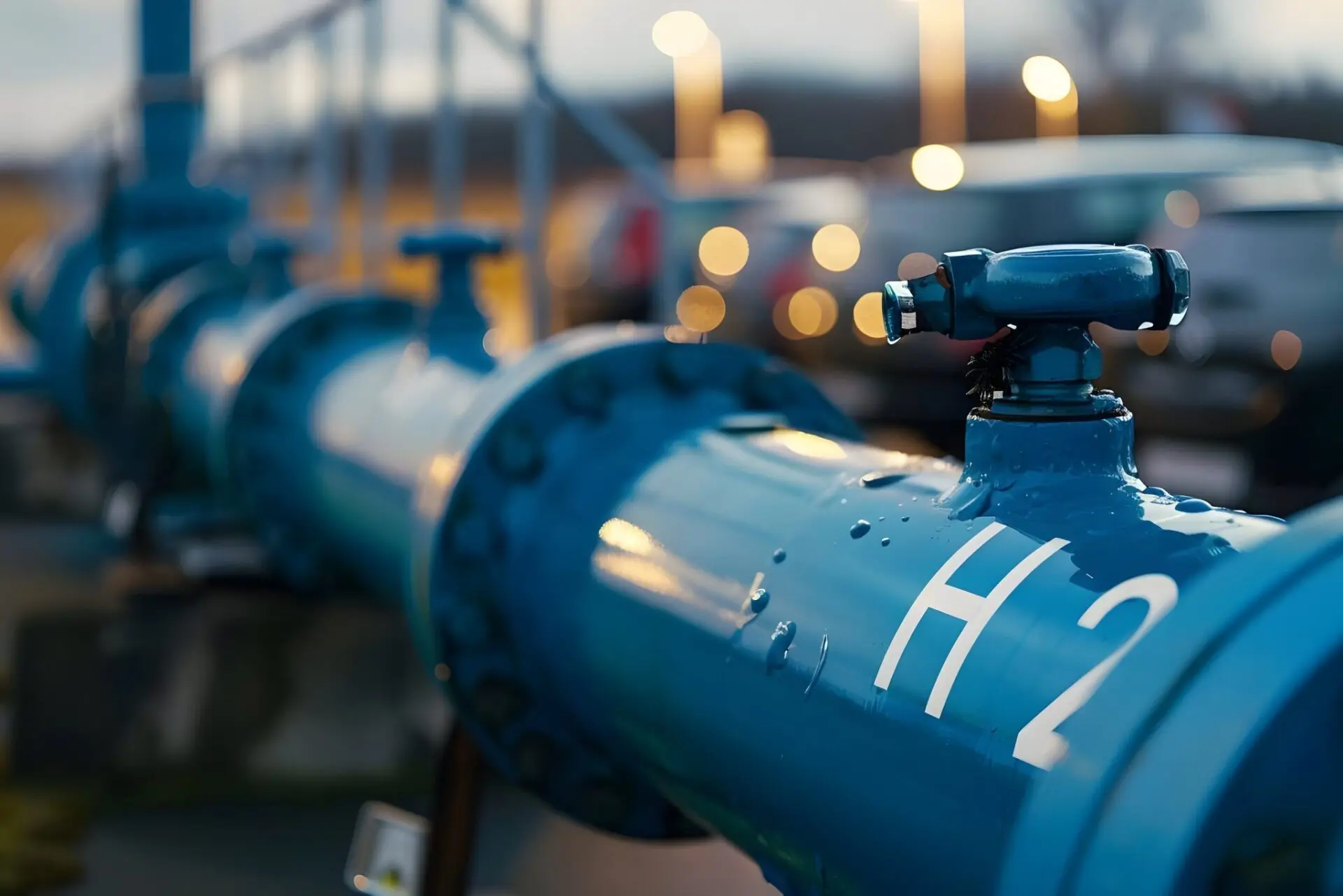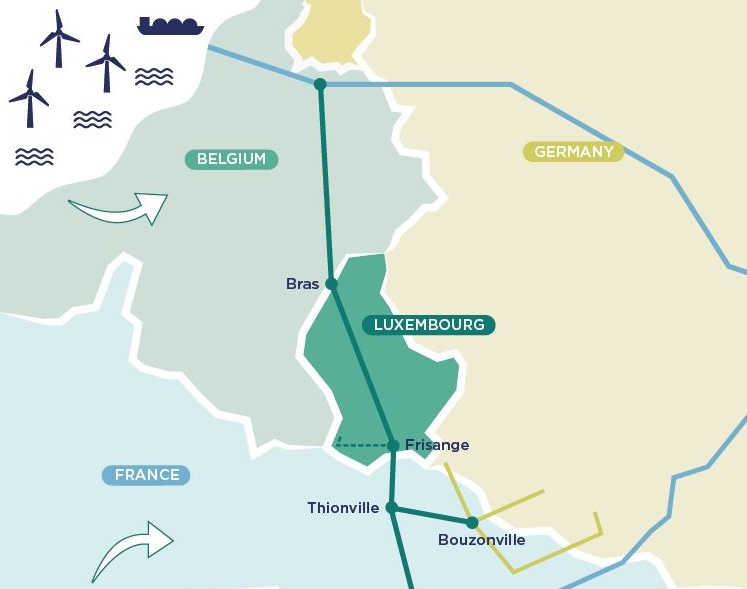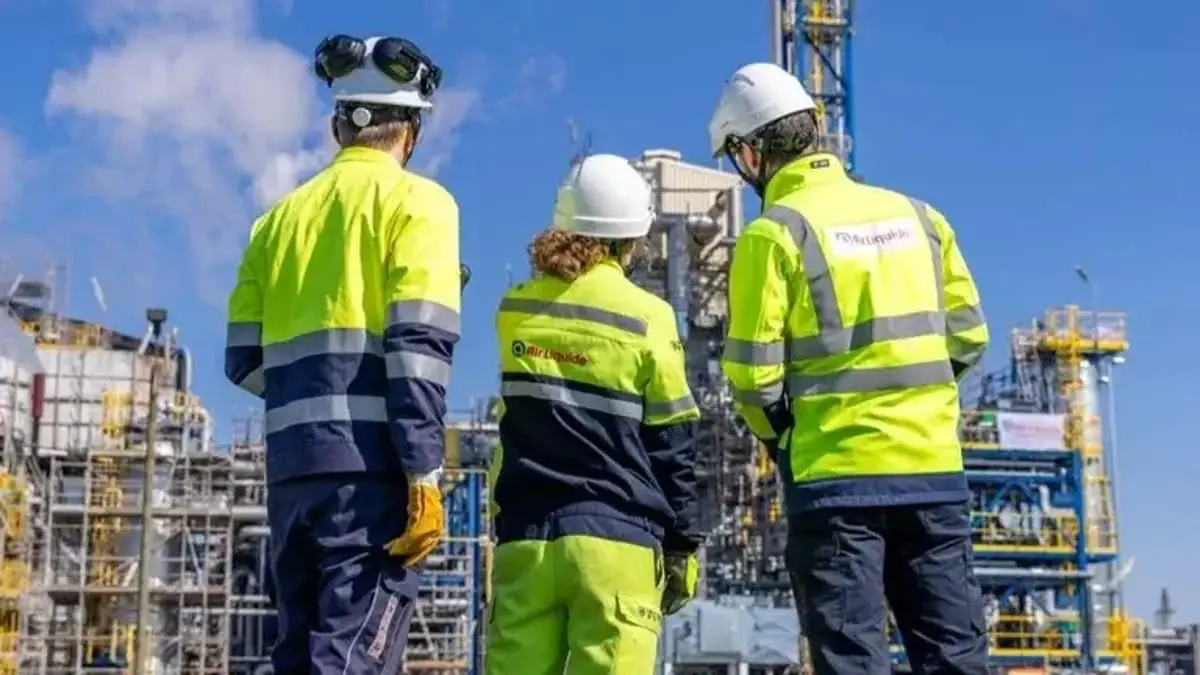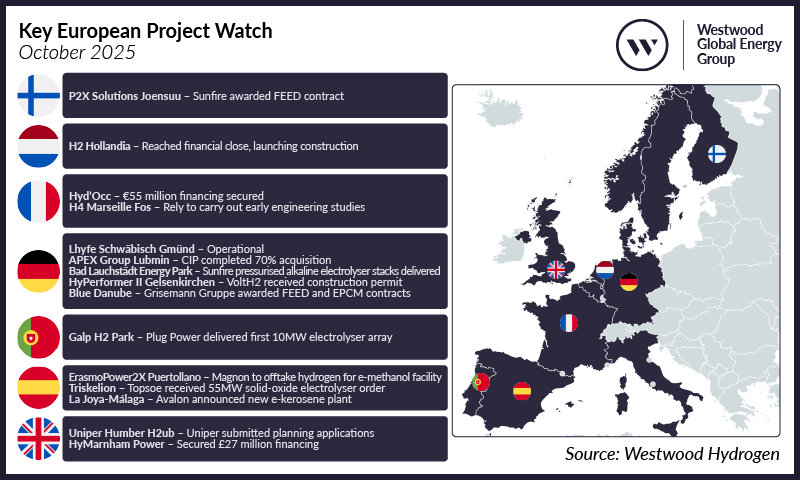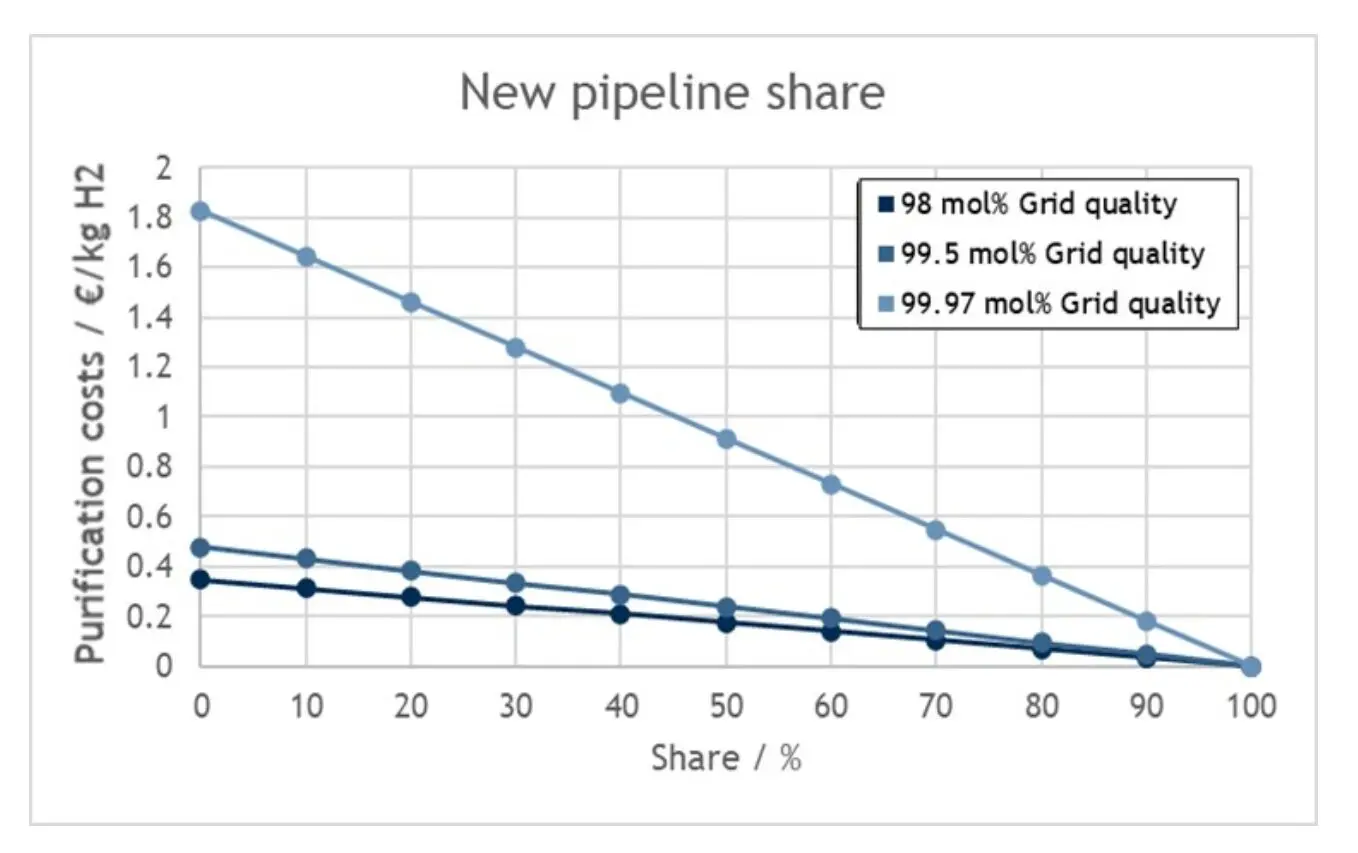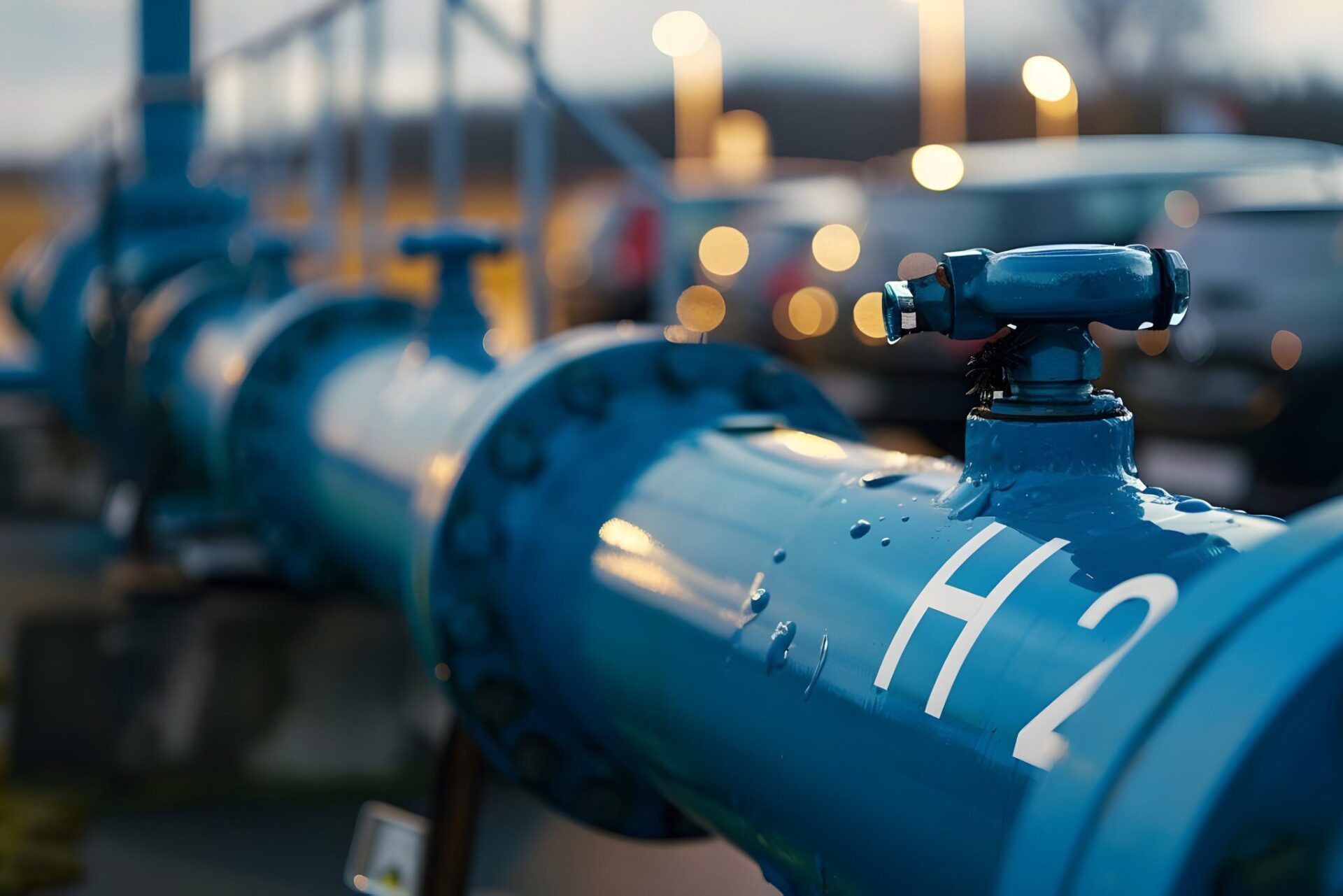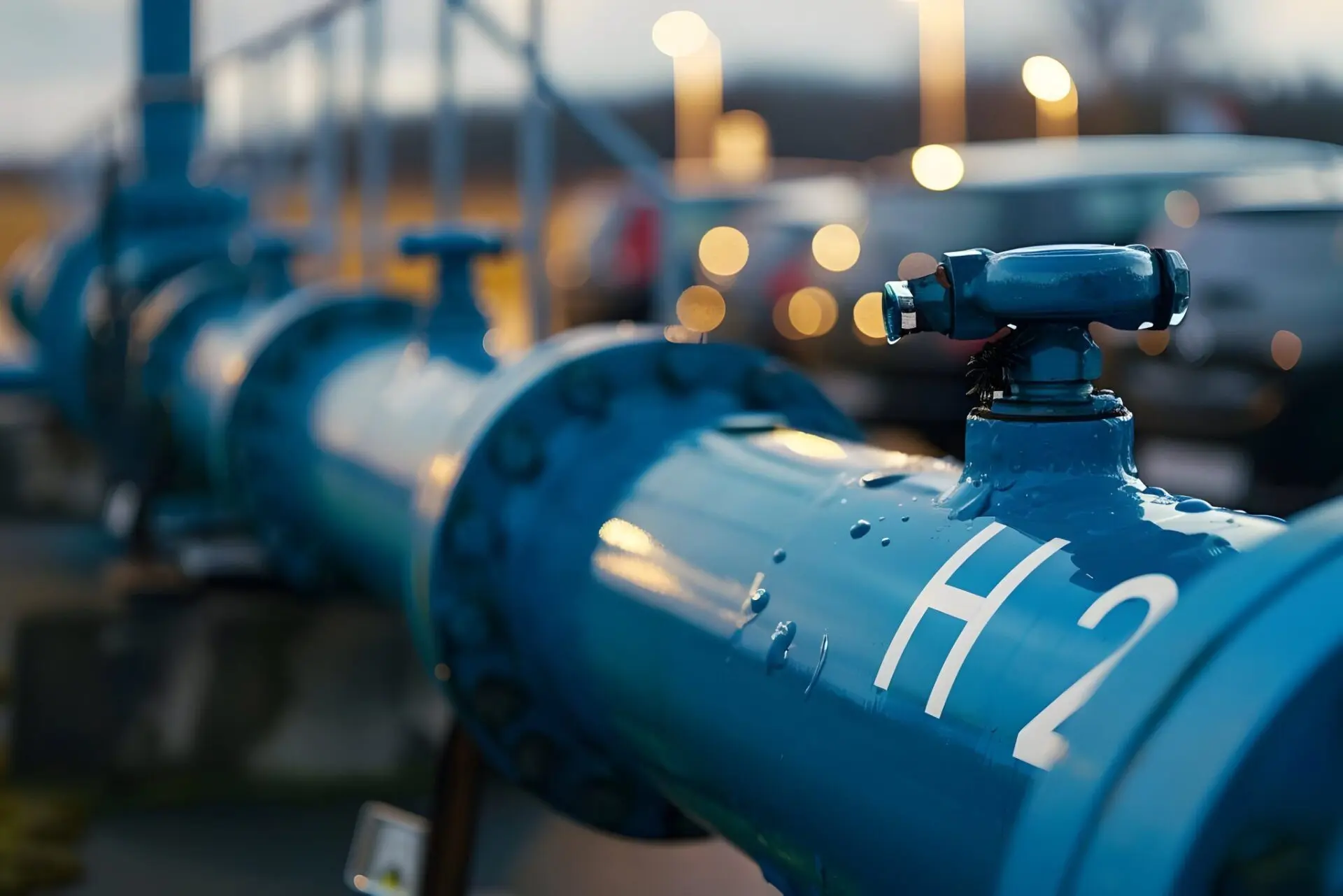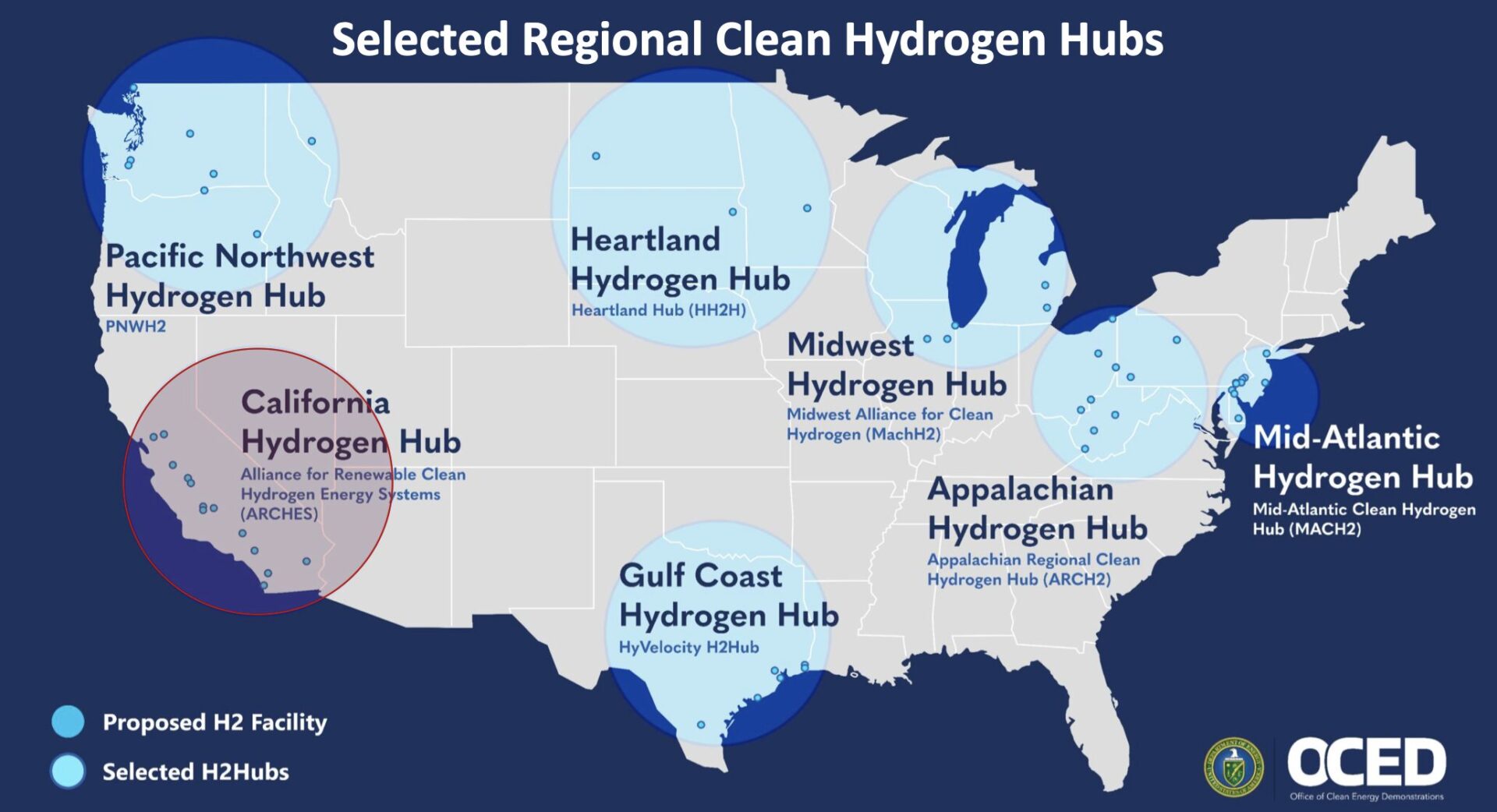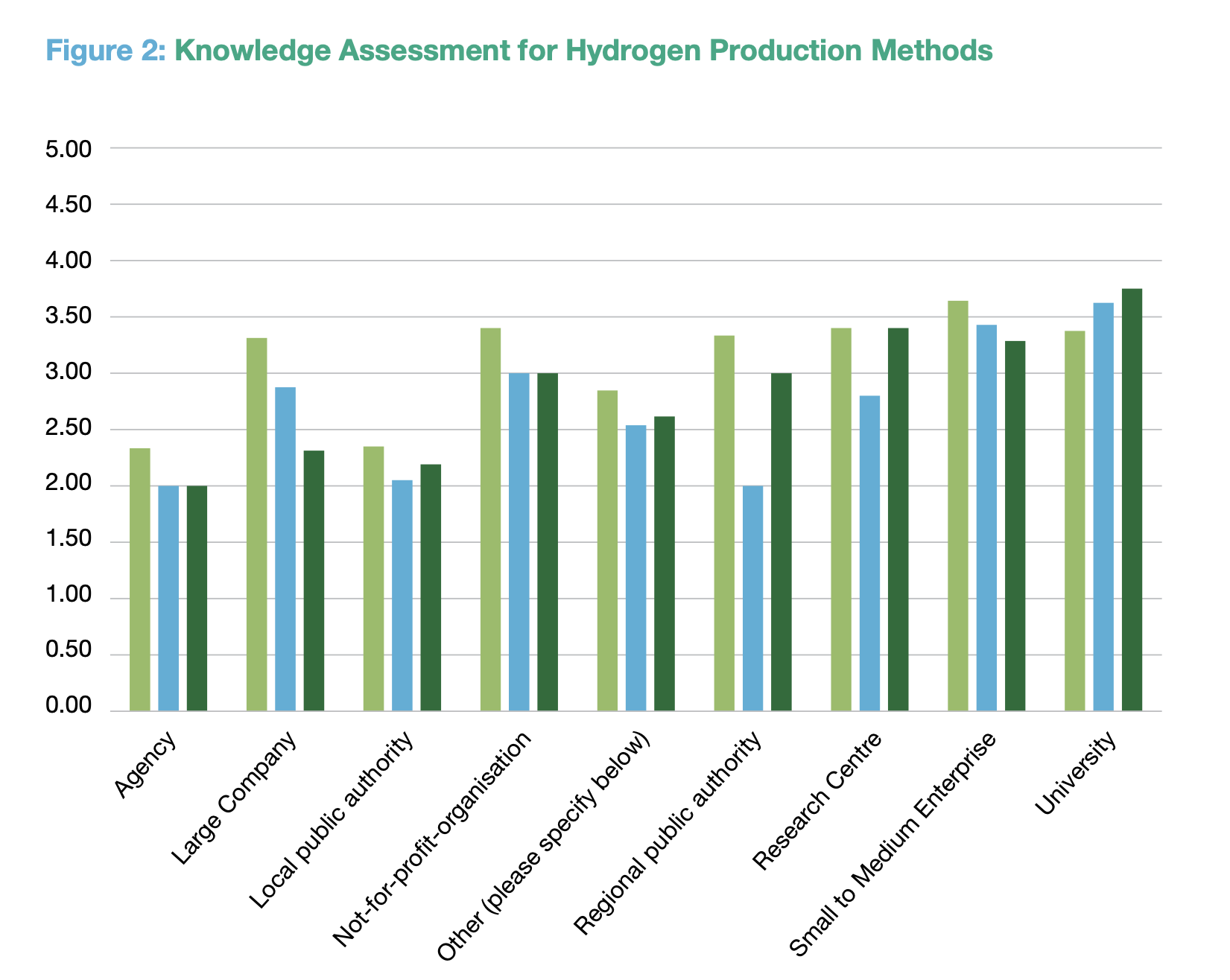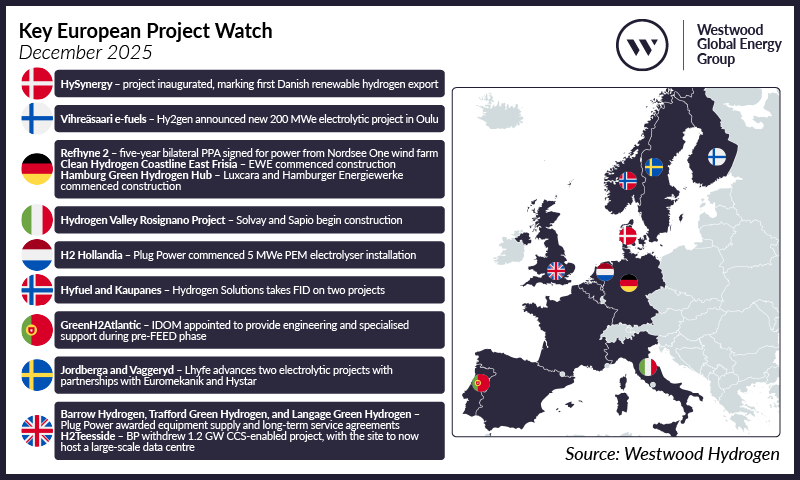
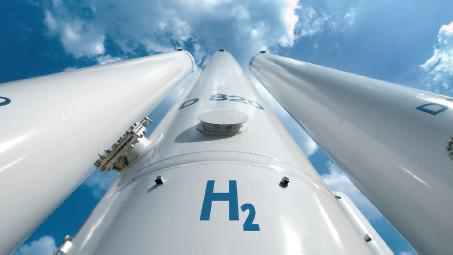
European hydrogen industry participants have welcomed measures outlined in drafts of the EU’s Clean Industrial Deal (CID) and an accompanying new state-aid framework, but have warned that important gaps remain.
Based on a leaked draft, the CID will lay out a series of measures to accelerate hydrogen production and consumption, including adoption of a low-carbon hydrogen definition, another European hydrogen bank auction round and broader mechanisms aimed at industrial decarbonisation.
The CID is due to be formally launched in the coming days.
Part of the package is the Clean Industry State Aid Framework (CISAF), which would provide higher aid ceilings and more streamlined processes for hydrogen and other clean energy projects on a permanent basis.
Industry body Hydrogen Europe said it welcomes the CID’s “ambition to support investment in hydrogen and industrial decarbonisation,” but criticised a lack of flexibility for member states to enact mechanisms that promote demand and close the price difference between fossil- and non-fossil-based hydrogen.
The CISAF draft “does not directly address the operating cost challenge of renewable hydrogen” and the “lack of direct price support mechanisms remains a concern,” Hydrogen Europe said.
The group noted the framework would pose “an opportunity to support price differentials through competitive bidding procedures” but the omission of measures such as carbon contracts for difference (CCfD) and feed-in premiums in the draft “creates uncertainty about how industries will manage the price gap between renewable and fossil hydrogen.”
“Ensuring long-term demand-side support and price stability will be crucial for industries to confidently commit to hydrogen adoption,” it said.
The inclusion of clawback mechanisms in the CISAF, meaning companies with revenues exceeding expected levels need to repay subsidies to the EU, could “hurt early movers,” Hydrogen Europe said.
The new state-aid framework also allows member states to provide generous subsidies to support electrolyser manufacturing.
But some manufacturers no longer see a lack of funding support as the main challenge, but rather urge actions to ensure hydrogen production projects progress to increase their capacity utilisation.
“The European electrolyser sector does not need more money for manufacturing,” Norwegian firm Nel’s head of government affairs Constantine Levoyannis said on social media platform Linkedin in response to the draft documents. “We are at seemingly overcapacity in Europe when compared to demand. The best way to support electrolyser manufacturers… is to support our customers.” He said funding should specifically go to the hydrogen demand-side.
Many electrolyser manufacturers have encountered financial difficulties recently, as slow project progress globally has meant few firm orders.
Electrolysis projects could benefit from sector-specific de-risking mechanisms, to increase confidence in new technologies, Levoyannis said. The CID draft envisages a power purchase agreement (PPA) support scheme, in which the European Investment Bank (EIB) will provide counter-guarantees to long-term PPA contracts.
A similar scheme for renewable hydrogen project developers would “not only help de-risk the sector and instil confidence but specifically help crowd-in more insurance companies that are currently very risk averse to the sector and charging higher premiums as a result,” Levoyannis said.
Hydrogen Europe noted that while electrolysers are considered a clean energy technology under the new state-aid framework, fuel cells are not. It also expressed concern that any projects for power generation from renewable hydrogen are not covered under the draft CISAF.
This “raises questions about its integration into capacity mechanisms and energy storage solutions,” Hydrogen Europe said.
Industry bodies hoping for more explicit support for e-fuels, and specifically measures underpinning consumption targets may be disappointed by the drafts.
The Skies and Seas Hydrogen-fuels Accelerator Coalition (Sasha), whose members include zero-emission aircraft manufacturer ZeroAvia and project developer Arcadia eFuels, had called for a strong focus on the aviation and maritime sectors in the CID.
They urged the European Commission to “guarantee the future of the ReFuelEU Aviation and FuelEU Maritime [legislations] by strengthening e-fuel sub-mandate” and make the “FuelEU Maritime targets legally binding”.
This would be key to provide the industry with an assurance that e-fuels mandates “will not be rolled back or postponed ahead of the 2026 reviews”, as there is a “lack of confidence that the sub-targets will be retained at their current levels,” the group said.
But the CID draft makes no explicit references to these pieces of legislation, nor to specific e-fuel mandates, although it promises a ‘Sustainable Transport Investment Plan’ that would “outline short-term measures to prioritise support to specific renewable and low-carbon fuels for aviation and waterborne transport.”
Source: Pamela Machado, Argus Media

